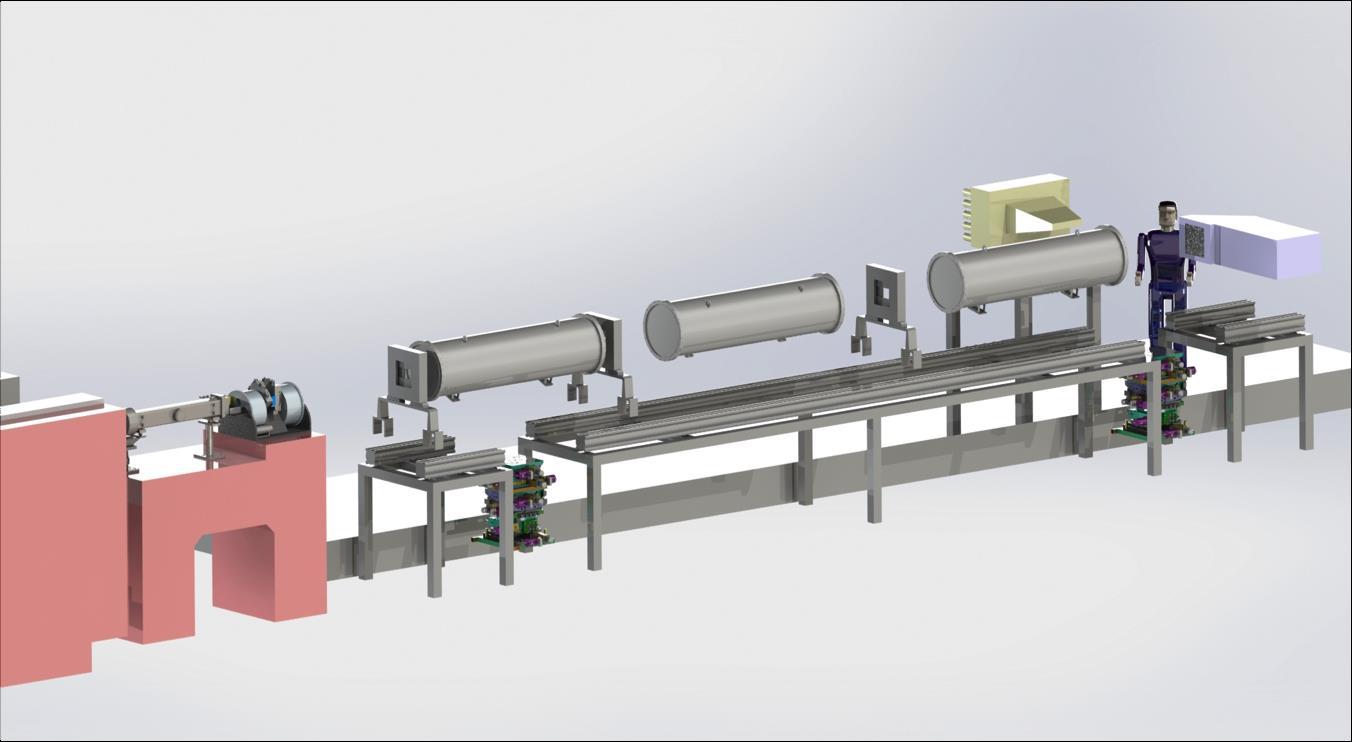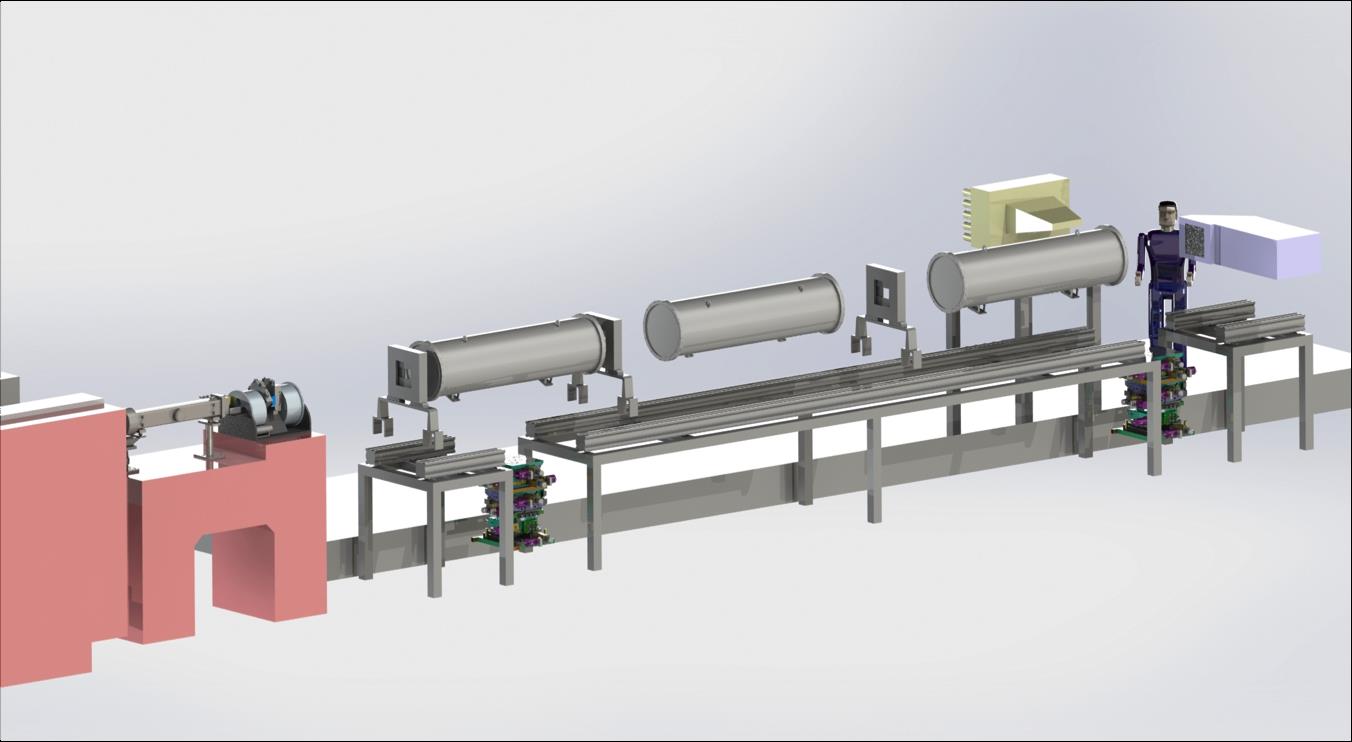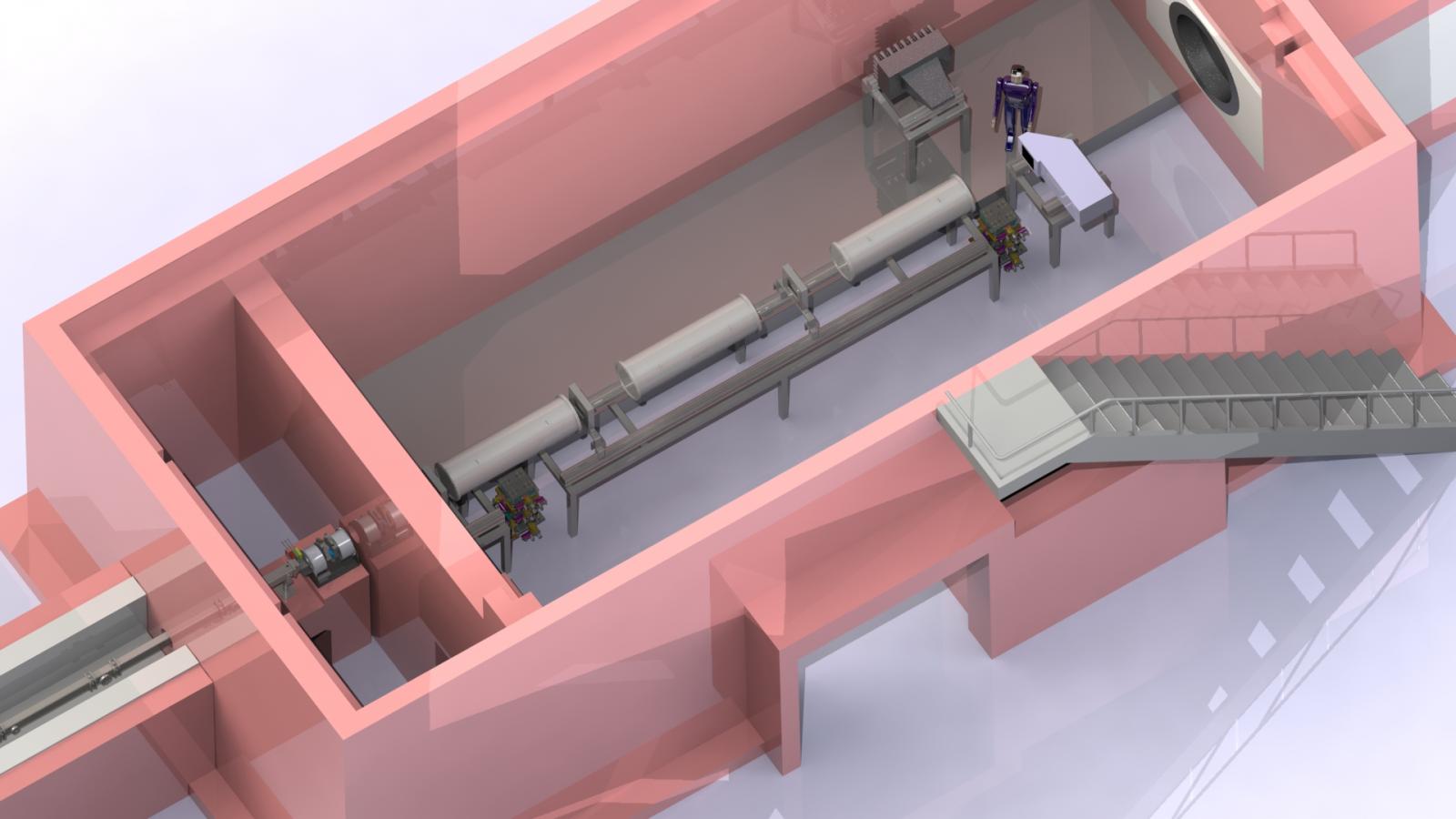Update from PSI

ODIN, the ESS instrument for Optical and Diffraction Imaging with Neutrons, is one of the 8 instruments that is planned to become operational in 2021.
The ODIN instrument consortium is a collaboration between Technical University of Munich (TUM) in Germany, Paul Scherrer Institut (PSI) in Villigen in Switzerland and ESS.
During the scope-setting meeting, the ESS management together with the ODIN instrument team, defined the final instrument budget, allowing the team to move forward to the next tollgate review for entering the detailed design phase.
“We are really proud that the ESS management is behind our team in bringing ODIN online among the first instruments,” says Eberhard Lehmann, head of the Neutron Imaging and Activation Group at PSI. “This shows how much neutron imaging has progressed in recent years to being an outstanding research tool.”
Progress in PSI’s contribution
The PSI team focuses on the design and realization of three parts of the instrument: the neutron guide system, the end-station and the white beam detector suite.
The neutron guide system is a particularly challenging aspect of the project due to the requirements of a neutron imaging beamline of a large and homogeneous distribution of the neutrons on the detector plane. At the moment the conceptual design (Fig. 1) is finished and is sufficiently mature for the tollgate review, but work has to be done for the study of the robustness to misalignment and potential over-illumination at sections joints. The engineering of the neutron beam extraction in a highly hostile environment such as the vicinity of the target is also a task to be undertaken with great care.
The design and the realization of the end-station (Fig. 2 and 3) and the white beam detector suite will be carried out drawing from PSI’s experience in its role as one of the lead institutions for neutron imaging worldwide. Nevertheless, the flexibility required to make ODIN a world-leading neutron imaging instrument, with several cutting edge imaging techniques as well as a test-bench for the imaging modalities that are under development, which requires very careful, future-proof and user-oriented planning, is making this part of the project particularly exciting.
In order to comply with the ambitious time-plan established by all participating institutes, early procurement will have to start soon after the Tollgate Review 2 in February, in parallel with the finalization of the detailed design.
.jpg)
Figure 1: Schematics of the neutron guide system for the ODIN instrument.

Figure 2: Preliminary 3D drawing of the experimental cave of ODIN.

Figure 3: Preliminary drawing of the top view of the experimental cave of ODIN.




 is funded by the European Union Framework Programme for Research and Innovation Horizon 2020, under grant agreement 676548.
is funded by the European Union Framework Programme for Research and Innovation Horizon 2020, under grant agreement 676548.